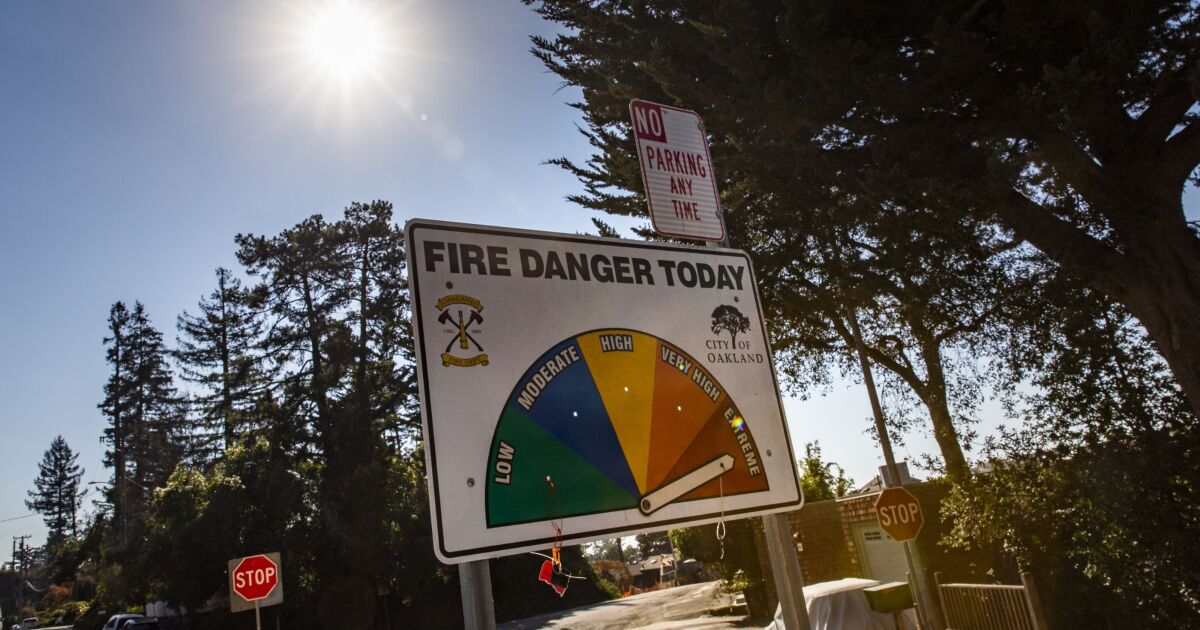Drought, fires threaten insurance out west

As wet as climate change can make some areas, its other devastating overarching effect comes from when it dries out other areas. As of 2022, the Southwest U.S. has been experiencing a 22-year-long megadrought – the likes of which has not been seen in at least 1,200 years.
Over the last few years, evidence shows that areas burned by wildfires have been increasing – according to the U.S. Department of Agriculture, 58,950 wildfires impacted 10.1 million acres in 2020, compared to the 18,229 wildfires that affected just 1.3 millions acres in 1983.
“We’re seeing a lot of evidence over the last few years that [the] area burned by wildfire has been increasing, even though the number of wildfires isn’t necessarily increasing,” says Sousounis. “The reason for that is the very dry conditions that have especially existed since the turn of the century. In fact, we’re in the midst of a megadrought.”
According to analysis from Verisk, the vast number of properties at risk of wildfires is cause for concern. Dr. Arindam Samanta, Director of Product Management at Verisk Underwriting Solutions, says, “One of the things that stands out in the Western U.S. is the level of the number of properties that are at risk… About four-and-a-half million properties are at high extreme risk of wildfires throughout the Western states. And about two million of those, a half of those, are in California alone.”
Though the effects of a La Niña winter are suitable for increasing hurricane intensity, such conditions can also “be very effective at promoting drying conditions over the Western U.S. to enhance wildfire activity,” explains Sousounis. “The combination of actual interannual variability with climate change can certainly exacerbate the impacts from climate change… It’s quite possible that we could be seeing more extreme activity this year.”
With the volume of at-risk properties increasing, insurers are met with a number of different challenges – rising material, labor and reconstruction costs will undoubtedly have an impact on the claims field.
“One of the key challenges is the fact that over the last seven decades, the wildfire season has been lending gradually to the extent that we call it ‘year-long’ today,” says Samanta. “That is because of several climate related factors, such as warming trends, drought patterns, as well as earlier snowmelt that we see in many parts of the western states. And another significant factor is the human factor, the high levels of building activity that is taking place in wildland areas.”
The Insurance Institute for Business and Home Safety (IBHS), an independent nonprofit organization supported by reinsurers and insurers, like Travelers, provides scientific climate-safety research for homeowners, business owners and the insurance industry at large.
Roy Wright, President and CEO of IBHS, said at the Travelers’ wildfire mitigation panel that research at IBHS “is shaping our understanding of the wildfire apparel, its impacts, and the mitigation strategies. The growing impacts of weather on communities is undeniable in the face of climate change.”



